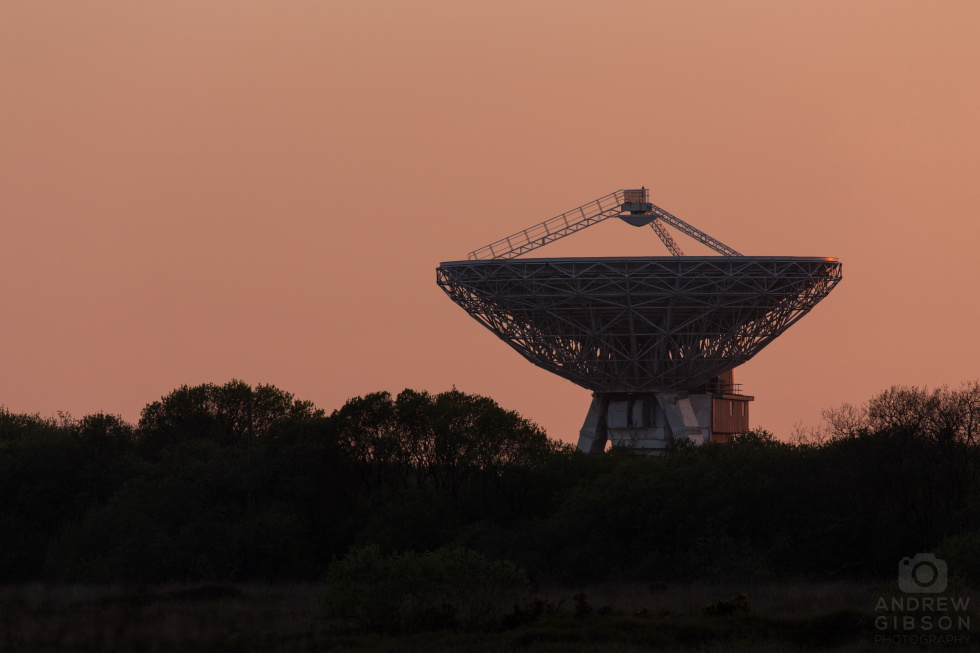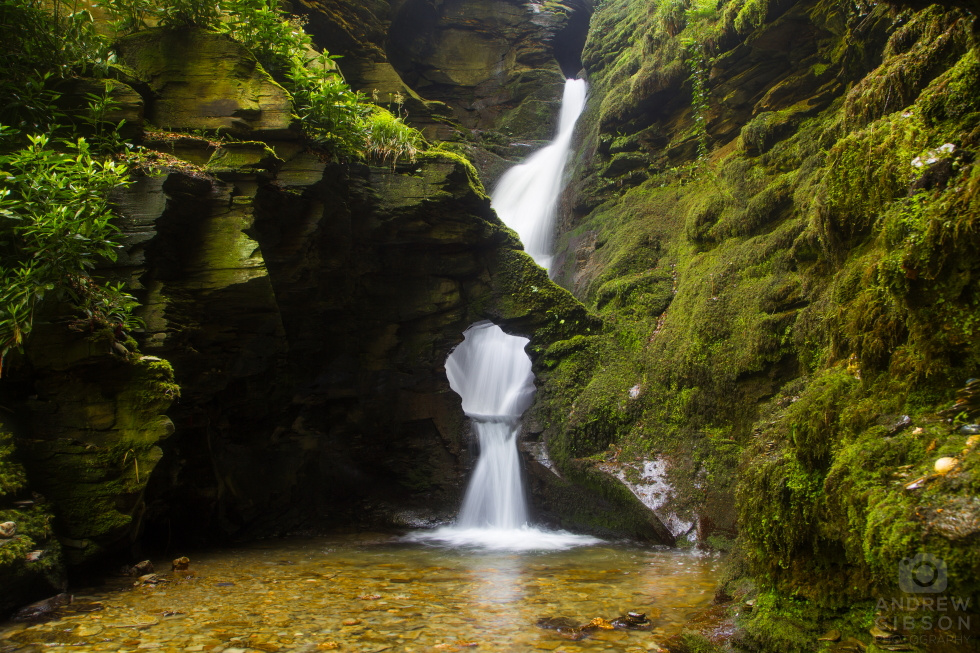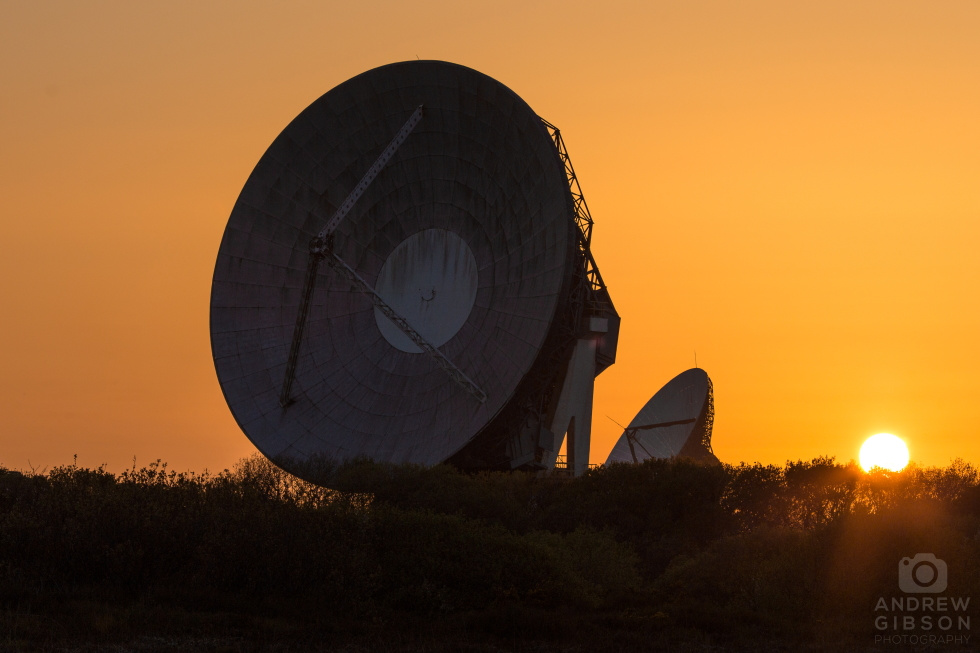No one would have believed in the last years of the nineteenth century that human affairs were being watched from the timeless worlds of space… And yet, across the gulf of space, minds immeasurably superior to ours regarded this Earth with envious eyes. And slowly and surely, they drew their plans against us…
The scenario set out by HG Wells in his timeless War of the Worlds has yet to come true, but places like this do tend to make you wonder what might be out there. Orson Welles’ 1938 radio adaptation reportedly terrified audiences that didn’t realise it was fiction, but the book also inspired people like young American physicist Robert H Goddard to develop the first liquid fuelled rocket that would lead to the Apollo 11 Moon landings over 70 years later.
This is Goonhilly Satellite Earth Station – Arthur, to be exact, the oldest of a number of Arthurian named dishes adorning the isolated site on the Lizard Peninsula and one of the more unusual Grade II* listed structures the UK has to offer. The station dates back to 1962 when it was run by the Post Office, and despite its successor BT closing it in 2006 it’s now in private hands with deep space aspirations for the future. The otherwise stark landscape is punctuated by these dishes and draws you in for a closer look. Well, as close as you can get to them anyway. Goonhilly played a key part in transmitting events as notable as the Live Aid concert in 1985 and, back in 1969, that Apollo 11 moon landing. After an uncertain few years post-closure things are looking up.
It was yet another beautifully clear warm evening with a burning sun dipping behind the trees, providing these pleasing images of the dishes against a vibrant sky. To the south, the pinkish hue sets off the silhouette of GHY3 – Guinevere – as the last rays of the setting sun lick the edges of her steelwork and the night begins to descend…

Unfortunately I couldn’t arrange access to the site itself but the neighbouring nature reserve is littered with derelict structures, affording some views and a place for quiet contemplation. As the residual light began to fade, I head back to base for a much needed drink after yet another blissfully sunny day.
The day after I was minded to set about some more ‘conventional’ landscape photography, and as much as convention isn’t really my default setting generally I enjoyed shooting my next subject at St Nectan’s Kieve just north of Tintagel. By this point our old friend the rampant sea mist that had hugged the north coast for days (see Cornish Tin parts 1 and 2) was back, rolling around the glens and dropping the temperature markedly in the process. This really is a county with its own micro-climate, but it wasn’t so much of a problem as I head off through the trees in search of a waterfall…
I wasn’t on my own, and you have to pay to go down there, but once I’d waited for the selfie brigade to get out of the way I managed a nice shot of the falls before ascending and having a spot of lunch. Service was painfully slow and I left as soon as I’d eaten.

Later in the evening the mist travelled even further south, descending on Truro by the time night started to fall and I was wading in the estuary eyeing up a shot of the cathedral. It was red. The cathedral itself is not nearly as old as you’d think, its Gothic-revival and skyline dominating prowess dating back to the same time HG Wells was writing about the Martian invasion. Completed in 1910 after an interminable thirty year build, it’s one of just three cathedrals in the country to have three spires, and is Grade I listed.

It’s a shame about Tesco’s illuminated ‘Hello’ in the bottom corner, and ideally the tide would have been further in to create a reflection, but you can’t have everything.
I last visited Cornwall four years ago – the first time in 25 years – and left feeling disappointed by long distances and overcast washed-out skies. Staying much further south and with a week of perfect weather this time, I remembered what I liked about it, and despite covering most of what I set out to see I feel it won’t be long before I return.
See the full south-west England gallery here, or revisit Corninsh Tin parts 1 and 2 here, part 3 here and part 4 here.

Comments
Glen
Andrew